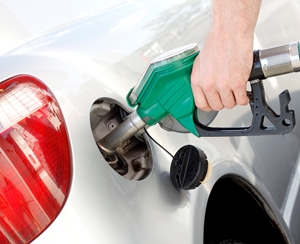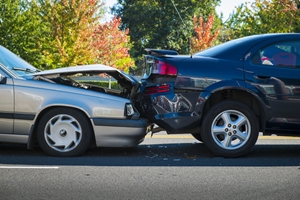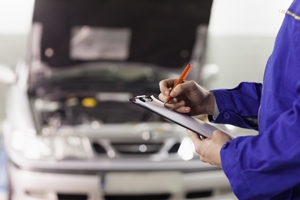 Have you ever found yourself pleased with a bargain offer of eight, 16 or even 40 cents per litre off your next fuel bill from your supermarket docket?
Have you ever found yourself pleased with a bargain offer of eight, 16 or even 40 cents per litre off your next fuel bill from your supermarket docket?
According to the Australian Automobile Association (AAA), inflated supermarket docket offers are not actually as beneficial as you may think. In fact, in a media release, the AAA asserted that supermarket docket offers decrease competition in the fuel market and could actually end up costing consumers more in the long run.
Chief Executive of the AAA, Andrew McKellar, stated “the supermarkets have not been providing shopper docket offers as a form of charity but rather as a mechanism to distort the marketplace”.
Thus, an agreement labelled by the AAA and accepted by major supermarkets to stop providing these offers is “a step in the right direction”, and will increase competition in the fuel market.
Mr McKellar indicates that reduced competition due to supermarket docket offers could ultimately mean the consumer spends more elsewhere.
Customers are offered discounts in return for spending a certain amount on their groceries, with higher fuel vouchers offered for a more costly supermarket spend.
In addition, these fuel discounts can make it difficult for those in the petrol industry, as such offers could decrease competition between competitors until Australians are utilising only the select few fuel retailers that are involved in the shopper docket scheme.
However, Mr McKellar believes that motorists realise reduced competition could end up costing them more money in the end.
“Motorists are smarter than the supermarkets think”, he said.
This is backed up by a survey conducted by the AAA indicating that only 42 per cent of motorists who used supermarket dockets actually believed they were saving money.
Motorists looking to save money in the long run could be better off getting a green slip comparison than using such dockets. Getting 40 cents per litre of your fuel bill doesn’t compare to getting caught in a tricky situation without ctp insurance to cover you!
 CTP insurance is a necessary part of car ownership.
CTP insurance is a necessary part of car ownership. Prevention is the best measure when it comes to road safety. This is why it’s essential to check your car every season to ensure it’s in effective working condition – don’t wait until you take it to the mechanic!
Prevention is the best measure when it comes to road safety. This is why it’s essential to check your car every season to ensure it’s in effective working condition – don’t wait until you take it to the mechanic!
 When searching for a new car, safety is often at the top of the list for Australians. Driving can be dangerous, so making sure your car is packed full of safety features is one of the best lines of defence in case of an accident.
When searching for a new car, safety is often at the top of the list for Australians. Driving can be dangerous, so making sure your car is packed full of safety features is one of the best lines of defence in case of an accident. There are certain responsibilities that come with owning and driving a car on the Australian roads. From obtaining a ctp green slip and registering your vehicle to ensuring you stick to the speed limit, owning a car is something that can’t be taken lightly.
There are certain responsibilities that come with owning and driving a car on the Australian roads. From obtaining a ctp green slip and registering your vehicle to ensuring you stick to the speed limit, owning a car is something that can’t be taken lightly.